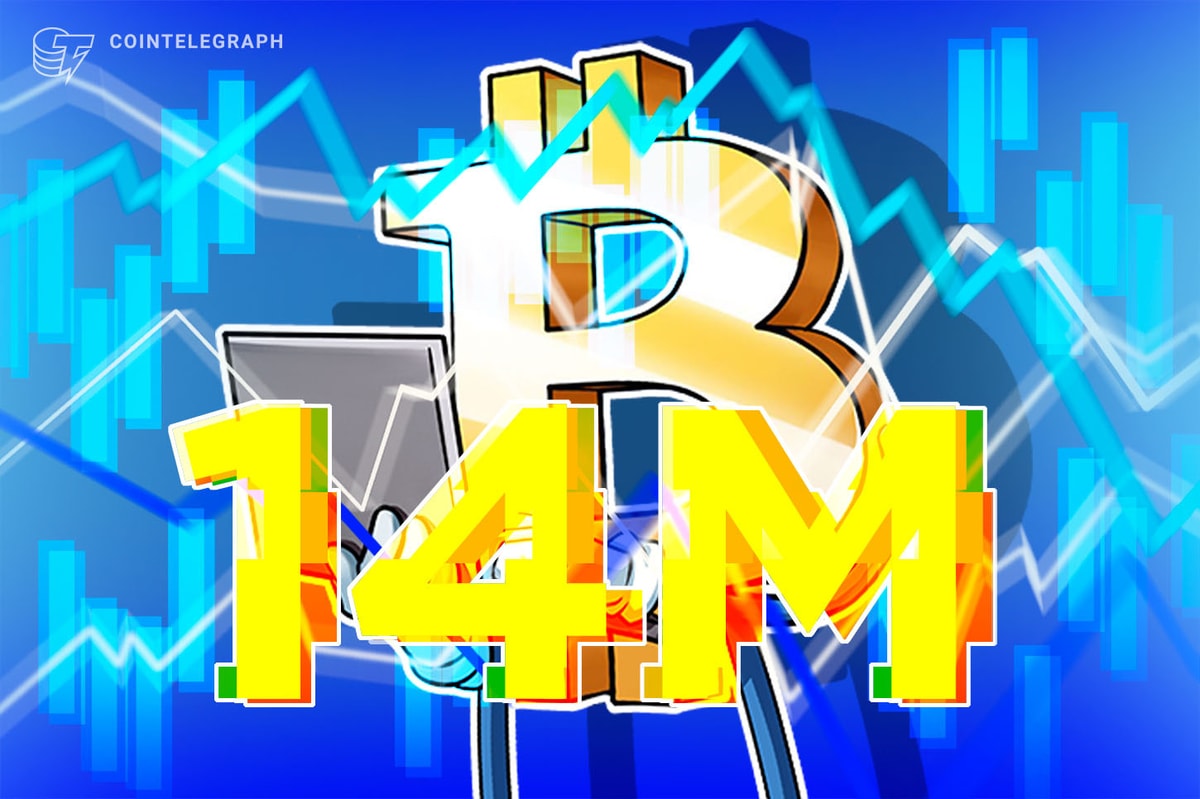Just as India’s fifth largest private sector bank announced that it has implemented a Blockchain transaction, the Institute for Development & Research in Banking Technology, the research arm of the country’s apex bank, says that it has tested the technology for core banking processes in the country.
IDRBT is an arm of the Reserve Bank of India (RBI). It says the time is ripe for Blockchain technology adoption in India.
Yes Bank has used the transaction to digitize vendor financing for a consumer appliances manufacturer.
Booming market
In its white paper titled “Applications of Blockchain Technology to Banking and Financial Sector in India,” the IDRBT noted that Blockchain has the potential to address certain limitations within the current financial services industry processes “by modernizing, streamlining and simplifying the traditional siloed design of the financial industry infrastructure with a shared fabric of common information.” It classified its advantages into cost savings, efficiency and transparency.
According to the CEO of Auxesis group, Akash Gaurav, countries like India need Blockchain technology as it unlocks many possibilities and efficiencies in various industries.
Gaurav’s Auxesis provides end to end solutions from ideation and consultancy to how Blockchain can help organizations improve their functionalities or to prototype and develop the end solutions for them to enable the nascent technology’s exploration without any risk. He says:
“For a developing country like India, it’s important for the government as well to come up with a solution which would put a brake on issues related to counterfeit and corruption to make the system more transparent and secure. These systems can be enabled using such distributed ledger technologies as Blockchain.”
In a suggested roadmap for the adoption of the Blockchain technology in the Indian banking sector, which will include intra-bank, interbank and central bank transactions, the IDRBT suggested that Blockchain “has matured enough and there is sufficient awareness among the stakeholders which makes this an appropriate time for initiating suitable efforts towards digitizing the Indian Rupee through it.”
It made reference to efforts by central banks in Canada, England, Sweden and Netherlands, who have begun exploring the use of Blockchain for digitizing their currency towards achieving a cashless society.
The Proof-of-Concept (POC) architecture was used to set up a Blockchain network that simulated five banks and a regulated clearing authority for its two use cases - Domestic Trade Finance with a sight letter of credit and 'Enhanced Information' payments (EIP) - to highlight banking and consumer interaction.
As a booming Blockchain market, several companies including Auxesis, which is India’s first and oldest distributed ledger company that began in 2014, are taking advantage of the growing trend.
The company, which developed startup projects like Cashaa remittance app and BTC2BID, a p2p Bitcoin trading platform, has developed solutions on Ethereum’s smart contract feature for some financial institutions. It recently partnered with multichain.org to develop more POC for financial institutions and banks to extend the Blockchain capabilities in various industries to build practical and scalable applications for them.











